There are a lot of ways to do it, but it's probably easiest to use a proxy artist in this case. You can use arbitrary text as a marker, so it's fairly easy to have fake Line2D's show labels instead of lines.
As an example (the bulk of this is the relatively "fancy" call to annotate):
import numpy as np
import matplotlib
import matplotlib.pyplot as plt
def main():
labels = ['A', 'B', 'C']
positions = [(2, 5), (1, 1), (4, 8)]
descriptions = ['Happy Cow', 'Sad Horse', 'Drooling Dog']
# Plot the data, similar to what you described...
fig, ax = plt.subplots()
ax.imshow(np.random.random((10, 10)), interpolation='none')
for label, xy in zip(labels, positions):
ax.annotate(label, xy, xytext=(20, 20), size=15,
textcoords='offset points',
bbox={'facecolor':'white'},
arrowprops={'arrowstyle':'->'})
# Create a legend with only labels
proxies = [create_proxy(item) for item in labels]
ax.legend(proxies, descriptions, numpoints=1, markerscale=2)
plt.show()
def create_proxy(label):
line = matplotlib.lines.Line2D([0], [0], linestyle='none', mfc='black',
mec='none', marker=r'$\mathregular{{{}}}$'.format(label))
return line
main()

